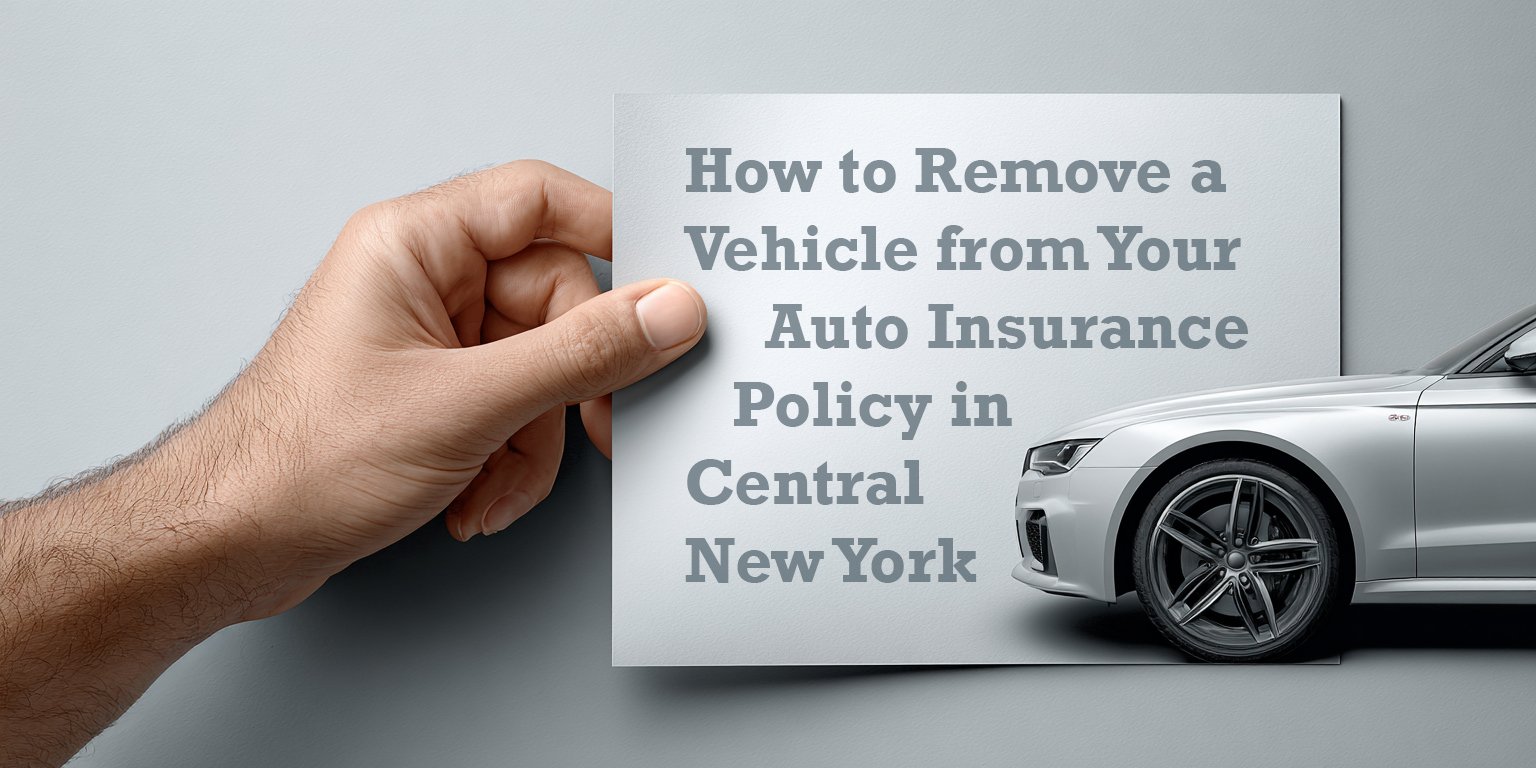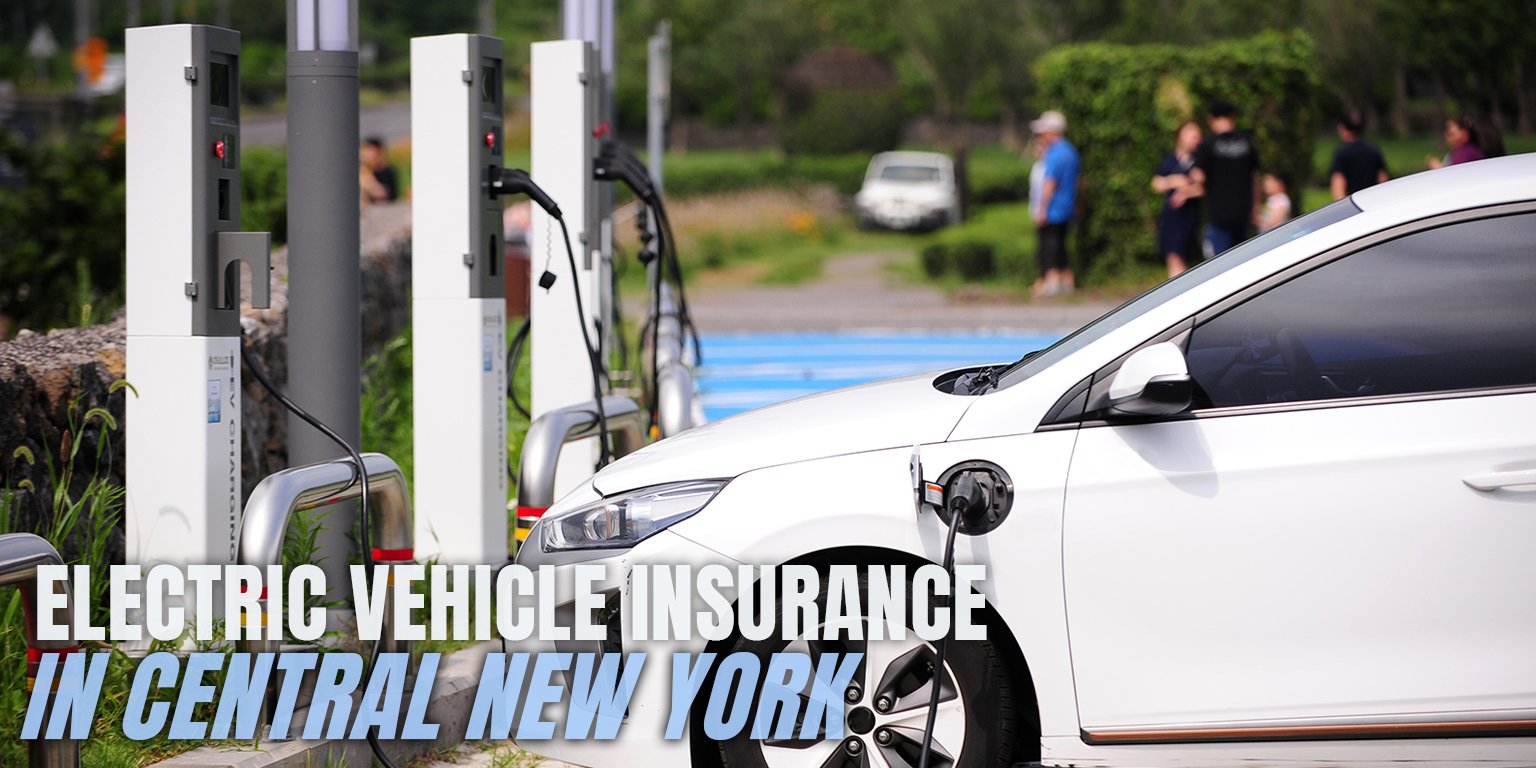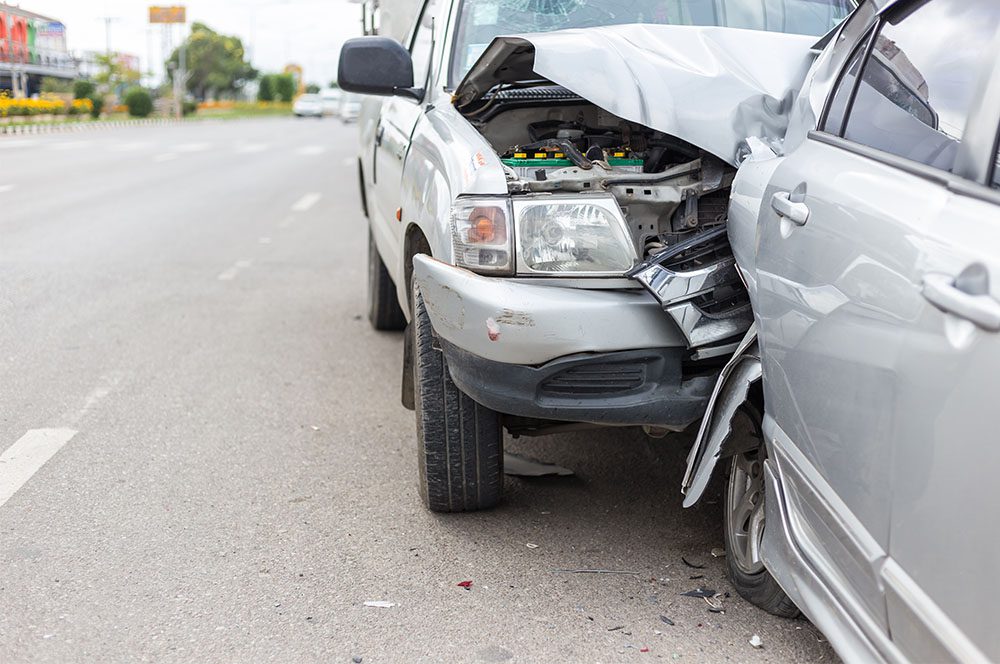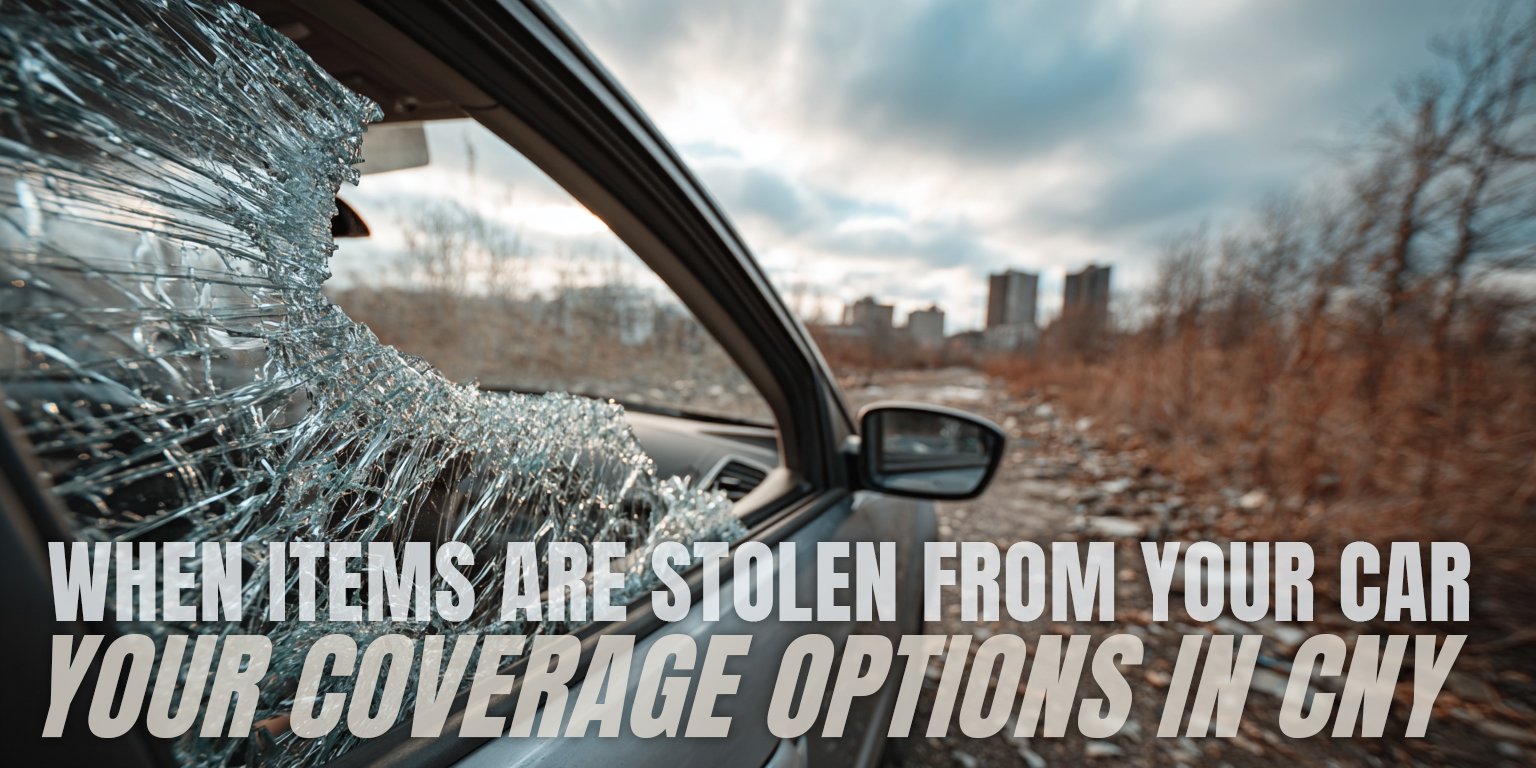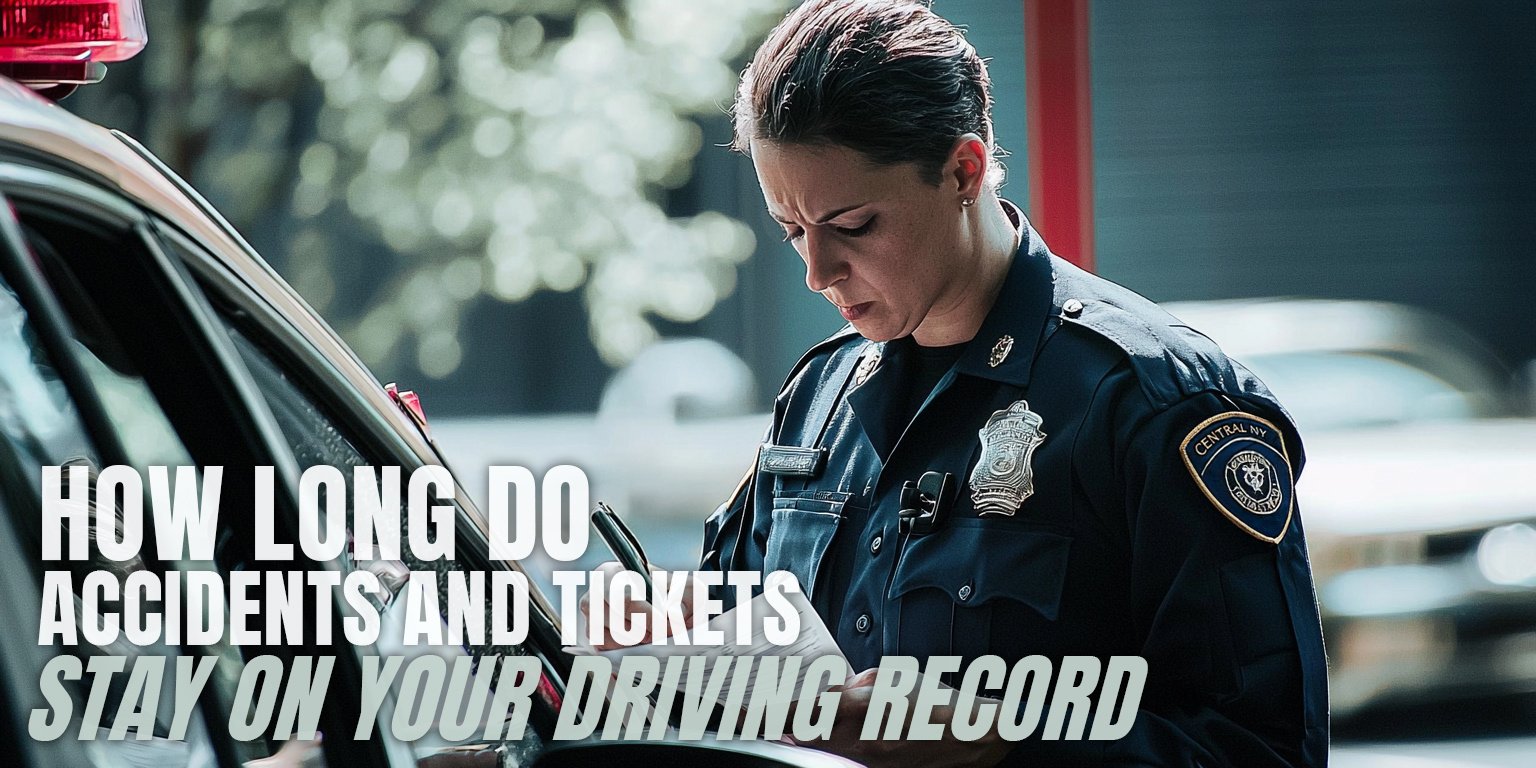How to Read and Understand Your Auto Insurance Policy
August 23rd, 2024
7 min read

Your auto insurance policy is your financial shield on the road, yet deciphering it can feel like navigating rush hour traffic blindfolded. Many drivers worry they've purchased coverage that leaves them exposed, unsure if they're truly protected when it matters most.
At the Horan insurance agency, we've guided many Central New York drivers through the maze of auto insurance. As an independent agency working with multiple carriers, we have a unique perspective on the intricacies of auto policies. We're here to help you make sense of it all.
This article breaks down the key components of your auto insurance policy. We'll steer you through each section, explaining what it means and why it's crucial for your protection on the road.
By reading to the end, you'll have a clearer roadmap of your coverage and feel more confident navigating your insurance decisions.
Let's take this journey together, from the basic coverage to the finer details of your policy. Whether you're reviewing your current coverage or shopping for a new policy, this article will equip you with the knowledge to make informed choices about your auto insurance.
Jump to Article Section
- Understanding the Basics of Your Auto Policy
- Starting with Your Declarations Page
- Understanding Physical Damage Coverage
- Navigating Liability Protection
- Additional Coverages: Beyond the Basics
- The Importance of Definitions and Who's Covered
- Interpreting Policy Language: A Closer Look
- What's Not in Your Policy
- Loss Settlement and Claims Process
- The Role of Endorsements
- The Importance of Reading Your Entire Policy
- Understanding Coverage When Borrowing or Lending a Car
- The Importance of Regular Policy Reviews
- We Can Help You Take Control of Your Auto Insurance Policy
1. Understanding the Basics of Your Auto Policy
Building on our previous exploration of personal lines insurance policies, it's time to focus on a crucial aspect of coverage for many Central New York drivers: auto insurance.
While the general structure we discussed applies broadly, auto policies have unique features tailored to protecting you and your vehicle on the road. If you haven't read our overview on personal lines policies, we recommend starting there for a solid foundation.
Now, let's dive into the specifics of how to read and understand your auto insurance policy, with a focus on what matters most to drivers in Central New York.
Whether you're commuting in Syracuse, taking a scenic drive through the Finger Lakes, or navigating the winter roads of Oswego, understanding your policy is crucial for protecting yourself against the unique challenges our region's drivers face.
2. Starting with Your Declarations Page
Your journey to understanding your auto policy begins with the declarations page, often called the "dec page." This is your policy's snapshot, providing a quick overview of your coverage. Here's what to look for:
- Personal and Vehicle Information
- Coverage Limits
- Deductibles
- Premium
- Discounts
The dec page is your roadmap to the rest of your policy. Use it to guide your review of the more detailed sections that follow.
3. Understanding Physical Damage Coverage
Physical damage coverage protects your vehicle itself. It's typically divided into two main types:
Comprehensive Coverage
Also called "other than collision," this protects against events like theft, vandalism, fire, or weather-related damage. It's crucial to carefully review this section of your policy, as it covers a wide range of scenarios. For example:
- If your car is stolen, comprehensive coverage would apply.
- If a tree falls on your car during a storm, that's covered too.
- Importantly, it includes flood damage to your vehicle, unlike homeowners insurance. So if your car was damaged due to rising waters, comprehensive is there.
Collision Coverage
This covers damage to your car from colliding with another vehicle or object, or if your car overturns.
Both types of coverage are subject to your chosen deductible. Most auto policies settle claims on an actual cash value basis, which considers depreciation when determining payouts for total losses.
Learn more about the differences between comprehensive and collision coverage.
4. Navigating Liability Protection
Liability coverage is the cornerstone of your auto policy, protecting you financially if you're responsible for an accident. It typically includes:
- Bodily Injury Liability: Covers injuries you cause to others in an accident.
- Property Damage Liability: Covers damage you cause to others' property.
Your dec page will show the limits for these coverages. It's important to choose limits that adequately protect your assets. Here's how to read these limits:
- Liability limits are typically expressed as three numbers, like 100/300/100. Here's what they mean:
- The first number (100) represents the maximum amount, in thousands, the policy will pay for bodily injury per person.
- The second number (300) is the maximum for bodily injury per accident.
- The third number (100) is the maximum for property damage per accident.
When reviewing your liability coverage, consider:
- Your assets: Choose limits high enough to protect your savings and property if you're sued.
- Your risk exposure: If you frequently drive in high-traffic areas or have a long commute, you might want higher limits.
- New York state minimums: Make sure your coverage meets or exceeds the state-required minimums of 25/50/10. We discuss why your limits should exceed state minimums in our article Auto Liability Limits Explained.
 5. Additional Coverages: Beyond the Basics
5. Additional Coverages: Beyond the Basics
Your New York auto policy includes some mandatory coverages, and you may also have options for additional protection:
- Personal Injury Protection (PIP): This is mandatory in New York State. It covers medical expenses, lost wages, and other related costs for you and your passengers, regardless of who's at fault in an accident.
- Uninsured/Underinsured Motorist Coverage: Also mandatory in New York, this protects you if you're in an accident with a driver who has little or no insurance.
Many policies also offer optional coverages for extra protection and convenience:
- Roadside Assistance: This typically includes services like towing, jump-starts for dead batteries, flat tire changes, and fuel delivery if you run out of gas.
- Rental Car Reimbursement: Helps cover the cost of a rental car if your vehicle is being repaired due to a covered claim.
These optional coverages may have specific limits or conditions. They're typically found in their own section of the policy, separate from the main coverages.
6. The Importance of Definitions and Who's Covered
The definitions section of your policy is crucial for understanding your coverage. Insurance policies use specific terms that may differ from everyday language. Key terms to look for include:
- Insured: This is typically broader than you might expect. It usually includes you, your spouse, and family members living in your household. In some cases, it may even extend to other drivers using your car with your permission.
- Covered Auto: Specifies which vehicles are protected under the policy.
- Bodily Injury: Typically includes physical harm, sickness, or disease.
- Property Damage: Usually refers to physical damage to or destruction of tangible property.
Understanding these definitions will help you interpret the rest of your policy correctly and know who's protected in various situations.
7. Interpreting Policy Language: A Closer Look
When reading your policy, you'll encounter specific language that can be confusing. Here's how to interpret some common phrases:
- "Subject to": This means the coverage is limited by certain conditions. For example, "Subject to a $500 deductible" means you'll pay the first $500 of a claim.
- "Not to exceed": This sets a maximum limit. If your policy states "not to exceed $50 per day for a rental car," that's the most the insurer will pay daily, even if actual costs are higher.
- "Reasonable and necessary": This phrase, often used for medical expenses, means the insurer will only cover treatments they deem appropriate for the injury.
- "Pro-rata cancellation": If you see this, it means you'll receive a refund for the unused portion of your premium if you cancel your policy mid-term.
If you're unsure about any language in your policy, don't hesitate to ask your agent for clarification.
8. What's Not in Your Policy
It's important to understand what you won't find in your policy:
- Rate Increase Information: Your policy won't tell you how a claim might affect your future premiums.
- Savings from Coverage Changes: The policy won't specify how much you might save by increasing your deductible or changing coverage limits.
- Specific Weather Events: Terms like "hurricane" or "tornado" typically aren't used in New York auto policies. These events are usually covered under broader categories like wind damage.
9. Loss Settlement and Claims Process
Understanding how claims are settled is crucial when reading your auto policy. Here's how it typically works:
For a total loss, the insurance company will pay the actual cash value of your vehicle at the time of the loss, minus your deductible. For partial losses, the company will pay for repairs, minus your deductible, up to the actual cash value of the vehicle.
Let's look at an example:
Imagine you have a 5-year-old sedan with a current market value of $12,000, and your policy has a $500 deductible.
- Scenario 1 (Total Loss): Your car is severely damaged in an accident and deemed a total loss. The insurance company would pay you $11,500 ($12,000 minus your $500 deductible).
- Scenario 2 (Partial Loss): Your car suffers $5,000 worth of damage in a collision. The insurance company would pay $4,500 for repairs ($5,000 minus your $500 deductible).
Familiarize yourself with the claims process outlined in your policy. This will help you know what to expect and what's required of you if you need to file a claim. Typically, this includes
- promptly reporting the incident,
- cooperating with investigations, and
- providing necessary documentation.
Understanding this process can help you navigate a claim more smoothly if the need arises.
10. The Role of Endorsements
Endorsements are modifications to your standard policy. They can either add or remove coverage, essentially customizing your policy to fit your specific needs. Common auto endorsements include the roadside assistance and rental car reimbursement coverages we mentioned earlier.
Always review any endorsements attached to your policy to understand how they modify your coverage. These additions can significantly impact your protection in specific situations unique to your lifestyle and vehicle use in Central New York.
Learn more about policy endorsements.
11. The Importance of Reading Your Entire Policy
Be sure to read your entire policy, including any updates you receive. Don't stop at exclusions. Sometimes, coverage that's excluded in one section may be added back through an endorsement later in the policy. For example:
- Your policy might exclude coverage for business use of your vehicle in the main section.
- However, if you've added a business use endorsement, you might find that coverage reinstated later in the document.
Reading the entire policy ensures you don't overlook coverage you actually have.
12. Understanding Coverage When Borrowing or Lending a Car
Your auto policy typically provides coverage if you borrow someone else's car with their permission. Similarly, if you lend your car to someone, your policy generally covers them. However, there are important nuances:
- Your policy is usually primary when you're driving your own car.
- When you borrow a car, your policy is typically secondary to the car owner's policy.
- If you regularly borrow or lend a car, it's important to inform your insurance company, as this might affect your coverage.
13. The Importance of Regular Policy Reviews
Your insurance needs can change over time. It's a good idea to review your policy annually or whenever you experience significant life changes, such as:
- Purchasing a new vehicle
- Getting married (or divorced)
- Moving to a new address
- Adding or removing drivers from your household
- Significant changes in your commute or vehicle usage
Keep your initial policy document and any updates you receive. If you're unsure about any changes or how they affect your coverage, don't hesitate to contact your agent.
14. We Can Help You Take Control of Your Auto Insurance Policy
Understanding your auto insurance policy puts you in the driver's seat. With this knowledge, you can make informed decisions about your coverage, avoiding potential gaps that could leave you exposed.
At Horan, we aim to be your advocate in the complex world of insurance. Our experience working with multiple carriers gives us unique insights that we're eager to share. We can help you interpret your policy, identify any weaknesses, and suggest improvements tailored to your situation.
Don't let confusion about your policy leave you vulnerable on the road. Take the first step toward insurance clarity.
Click the Get a Quote button below to connect with our team.
Daniel is an accomplished content creator. He has been working in publishing for almost two decades. Horan Companies hired Daniel as its content manager in November 2022. The agency entrusted its messaging to him. Since then, Daniel has written insurance articles, service pages, PDF guides, and more. All in an effort to educate CNY readers. He's helping them understand the world of insurance so they can make informed decisions.
Topics:







